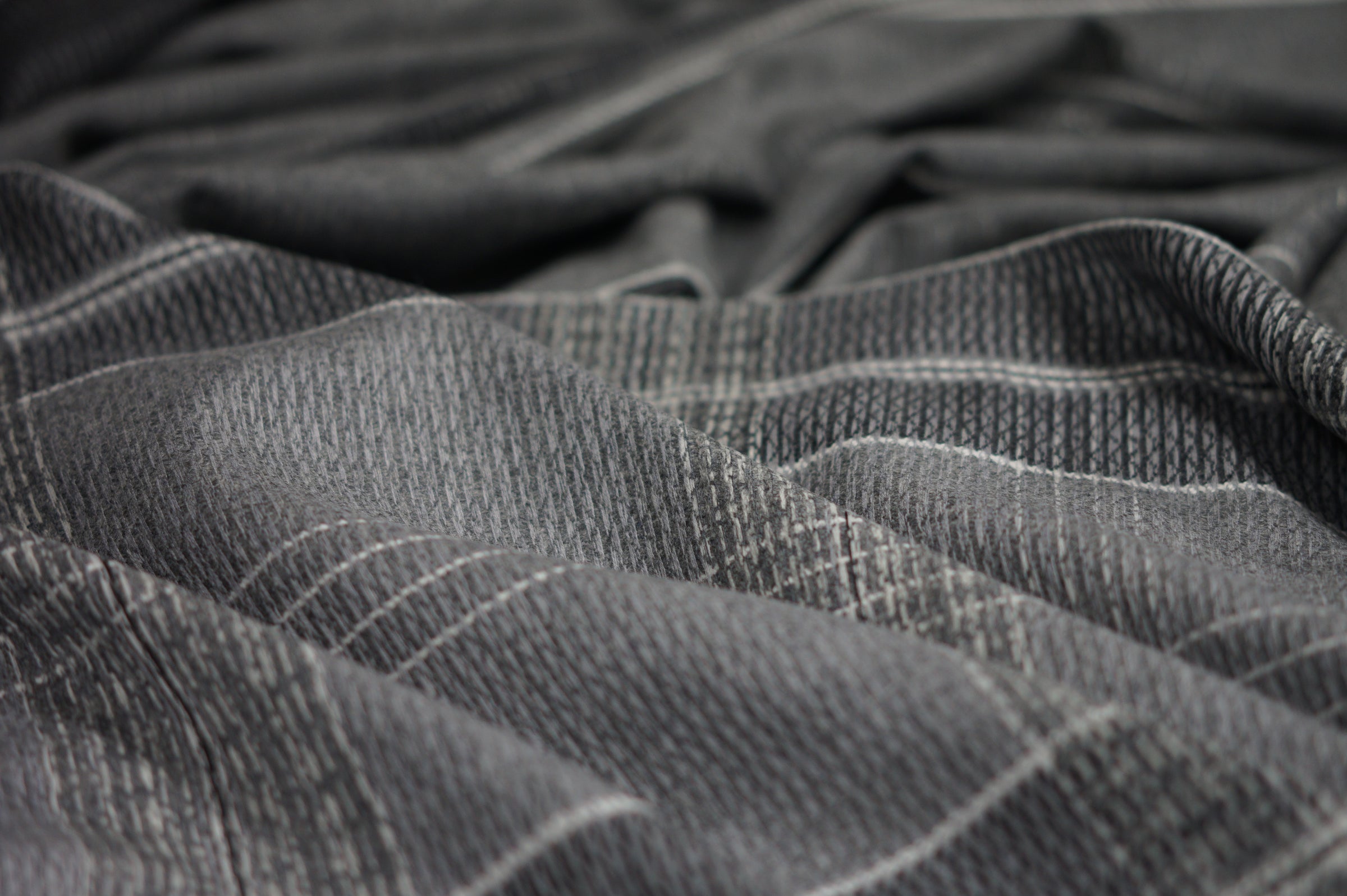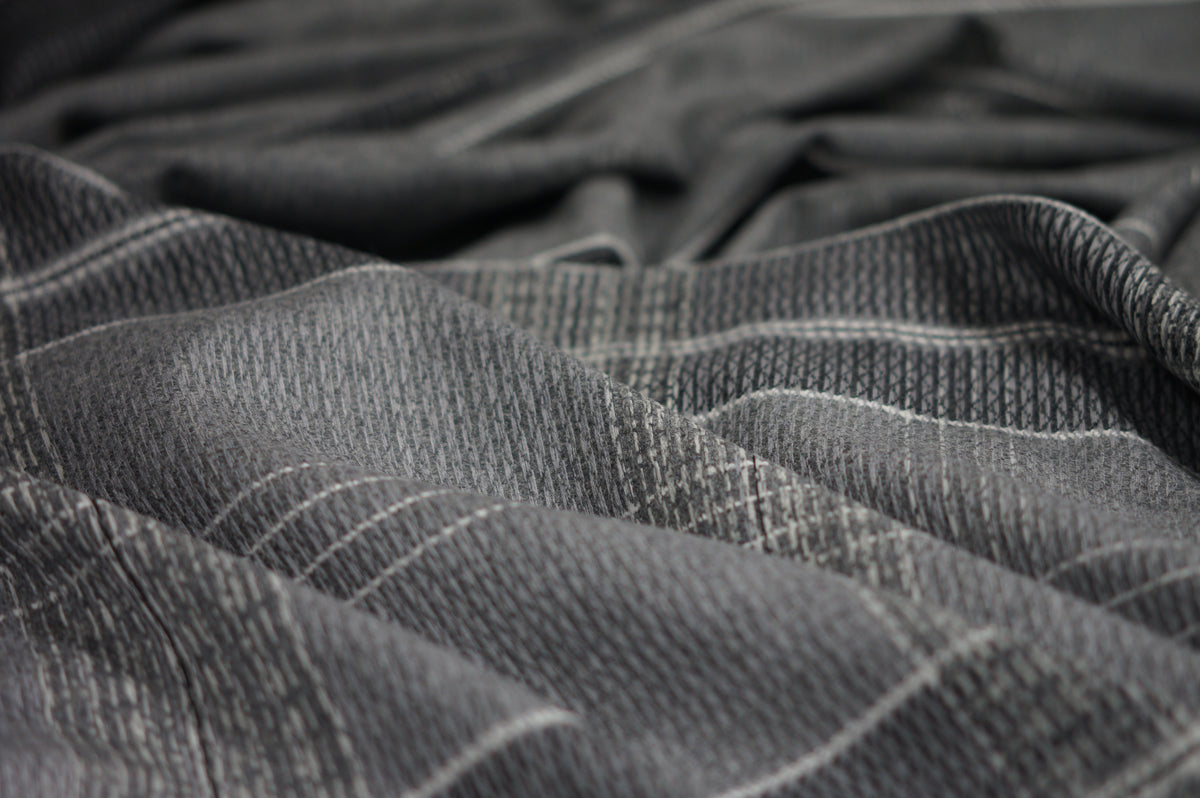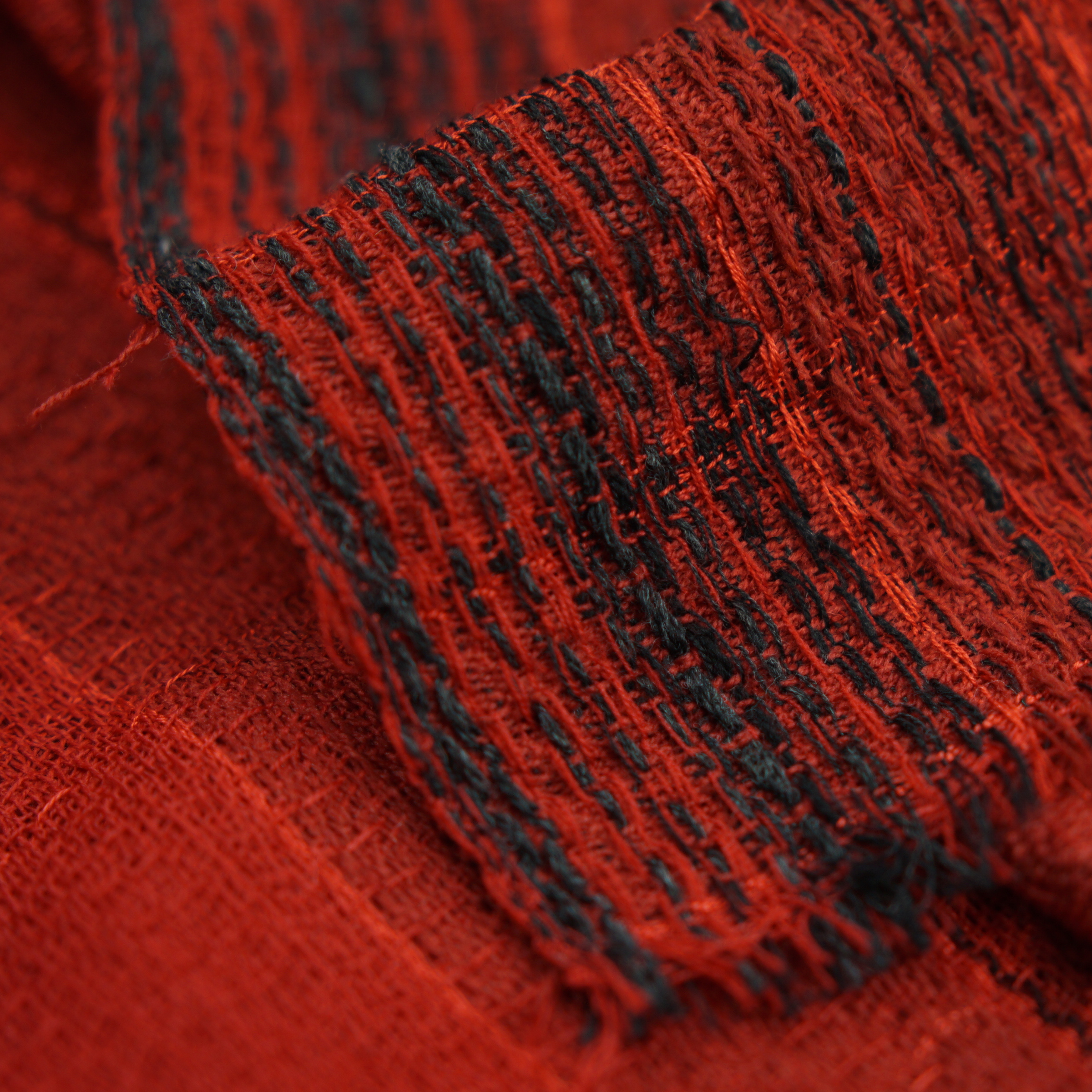We are,
Prickly Thistle
Prickly Thistle
As of 14th October 2022 we rebelled, and for now have an anti-social media platform policy. Let's connect in a real way, set yourself free from the scroll....










What is nylon?
Nylon is specifically a synthetic polymer. But not just any synthetic polymer, rather one that is composed of a long chain of carbon-based molecules called polyamide monomers, linked together by covalent bonds.
It’s a generic name that encompasses a family of synthetic polymers like nylon 66, nylon 610, and nylon 11. These are all examples of nylon polymers. Different versions have slightly different compositions and properties — for example, one might be better suited to swimwear because it has superior chlorine resistance. Another may be more popular in rain gear due to its strength. However, all of them are mostly made of one thing, polyamide monomers extracted from crude oil, and yes that makes them plastic.
How much nylon fibre is produced annually?
In 2020 is was recorded that 5.4 million metric tonnes of nylon fibre was produced, making it the second most consumer man-made fibre after polyester.
Where did nylon come from?
Nylon comes from a place where many innovative 'synthetic' textiles are made, a company that may sound familiar to you now, Du Pont.
It was Wallace Carothers, an organic chemist at DuPont during the 1930s, who successfully produced nylon in a lab in the early 30s, something never seen before in the textile industry. However, it wasn't until 1939 that his creation was truly announced at the World's Fair in New York as an alternative to silk for women’s hosiery. It was that day that "fashion" around the world changed forever.
Women’s stockings made from nylon were everywhere, and it seemed that at the time, DuPont didn't intend to use the fibre for scientific nor industrial applications, but for the textile industry only and it was there where they hit the jackpot for the next 100 years.
However, with the advent of World War II, nylon went in a new direction also, becoming the ideal product for making military equipment such as ropes, parachutes, flak jackets, and more. That's how this popular fabric came into our lives, and as you can see, it hasn't left since. But now we know about is impact, is this set to change?
How is nylon fabric made?
The chemical process by which nylon is made is a bit complicated. It consists of roughly nine steps, but it basically starts with a polyamide monomer extracted from crude oil called diamine acid, which is forced into a reaction with adipic acid.
Then, the crystallized substance known as "nylon salt" is heated to form a molten substance that is forced into a spinneret (a showerhead-like device featuring dozens of tiny holes), hardening the substance and separating it into thin strands.
Next, the resulting fibres are wound onto bobbins where they are stretched in order to increase their strength and elasticity, one of nylon’s main characteristics. After that step is complete, the fibres are wound onto another, smaller spool in a process called “drawing,” which causes the polymer molecules to align into a parallel structure.
Finally, the strands that result can be spun into garments or mixed with other fibres to create mixed textiles. That’s when it’s ready to be dyed and turned into whatever product the manufacturer wants to create.
What are some of the the environmental and human health impacts of nylon?
CO2 and oil spills
The production of polyester and other synthetic fibres relies on the extraction of fossil fuels, like crude oil, gas, and in some cases, coal. According to the Ellen MacArthur Foundation, CO2 emissions for synthetic clothing are six times higher than cotton. However, beyond carbon emissions, oil extraction is inextricably linked with other environmental horrors, including oil spills, methane emissions, water, and air pollution, wildlife disruption, biodiversity loss, and impacts on human health – particularly for communities near extraction sites.
Nylon isn’t biodegradable
Unlike natural fibres that will completely biodegrade between a few months to a few years, because acrylic is derived from plastic it can take hundreds of years to fully biodegrade, all the while releasing methane into the atmosphere and leaching toxic chemicals into soil and groundwater.
Microplastics
While nylon isn't biodegradable, it does, however, shed "microplastics" — tiny plastic particles thinner than human hair and smaller than five millimeters long — into the air and our rivers and oceans every time we wash it, wear it, or throw it out.
With every wash, millions of microplastics are released into the wastewater system. From there, these tiny bits of plastic find their way into rivers and oceans, where they are eaten indirectly and directly by fish (and other marine animals), which then become a part of our food chain.
If you might think avoiding seafood will protect you from this plastic contamination, not so fast. Microplastics have been found in beer, shellfish, and salt. If that's not terrifying enough, it was found that the average person consumes as many as 1,769 particles of plastic every week just by drinking water – bottled or tap.
While the full extent and impact of these microplastics aren't clear, it is clear that the problem is massive and could have detrimental effects on plant, animal, and human health.
It's clear that nylon is harmful to the environment and wildlife, but... Is it harmful to humans? Kind of. Although the consequences of microplastics entering the human body are still largely unknown, it's hard to believe that ingesting microplastics through food and water is something we shouldn't worry about.
Citation Credits : https://theecohub.com/nylon-eco-friendly-sustainable-fabric/
Where did it all begin, the why then, the why now and the future of why not?